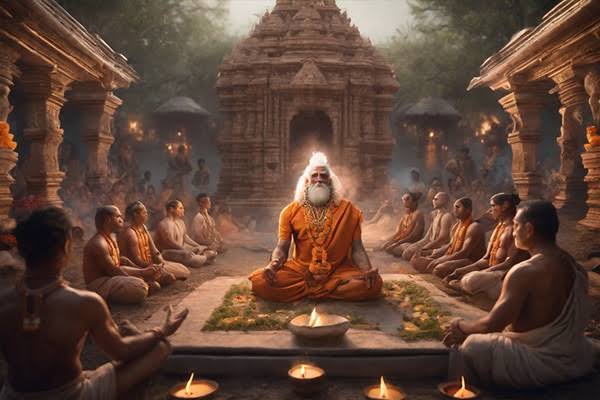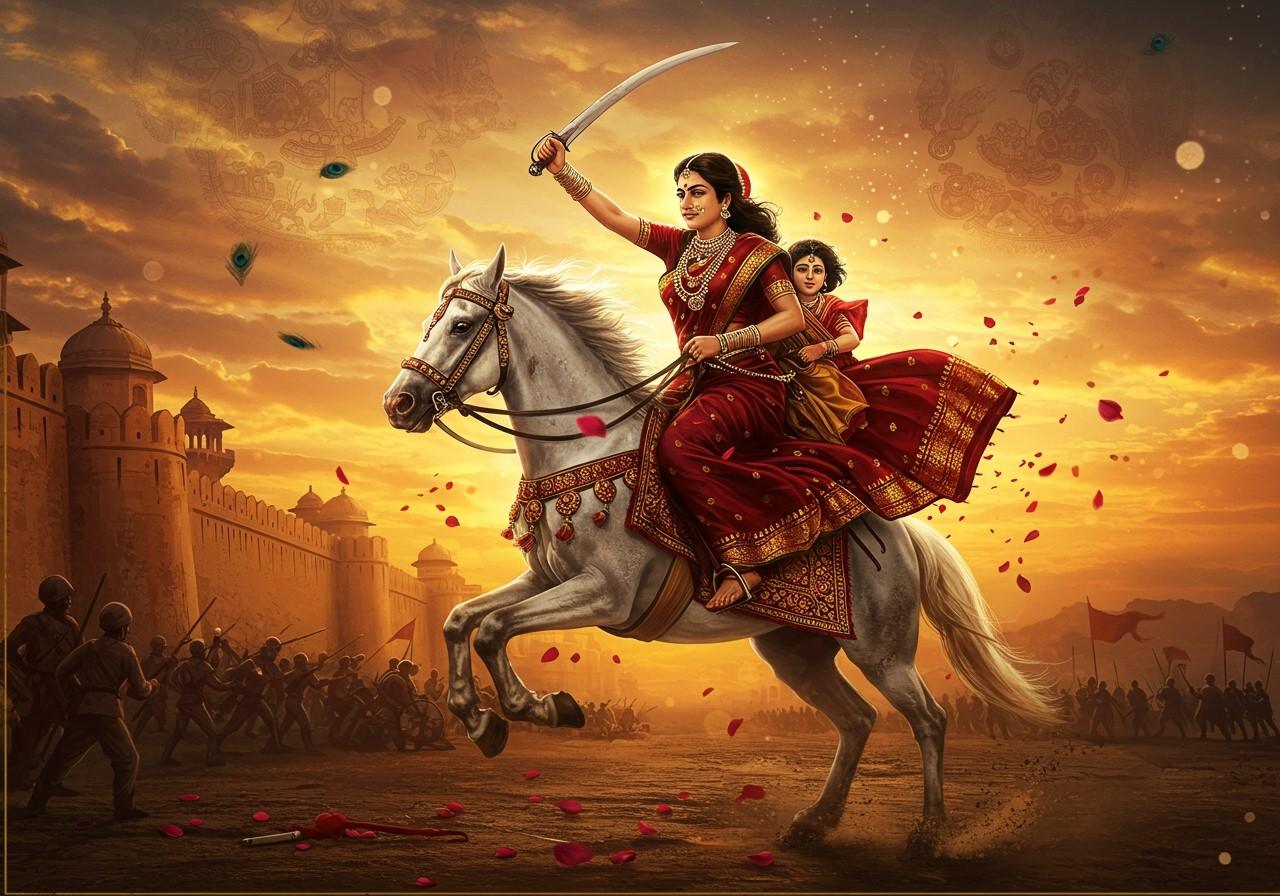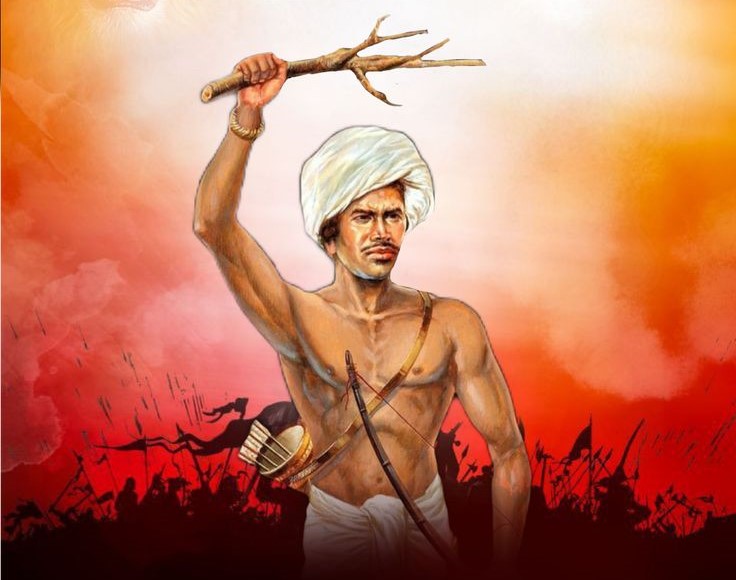By Dr. Bhupendra Kumar Sullere
Guru Purnima marks the journey from the darkness of ignorance to the light of knowledge. It is a day to bow in reverence to those supreme guides who awaken national and individual self-respect. A true guru leads us toward self-awareness, self-knowledge, and pride in our identity. A guru may be a person or a symbol, even an animal, an event, a scripture, or a flag—anything that opens our eyes to truth and wisdom. Guru Purnima is the day to express gratitude to these benefactors and reflect on how their wisdom has led us to self-realization.
The choice of the Ashadha month’s full moon as Guru Purnima is not arbitrary. Indian festivals are rooted in cosmic and philosophical principles. Of the twelve full moons in a year, the one in Ashadha is unique because its moonlight is often blocked by monsoon clouds. Despite the moon shining brightly, its light fails to reach Earth. This represents how knowledge may exist but can be obscured by ignorance—symbolized by clouds. These clouds are temporary, just as the barriers of ignorance are removable.
Unlike the Sharad Purnima (when moonlight is most radiant), Guru Purnima teaches that a guru is one who dispels ignorance, not merely radiates knowledge. As the wind clears the clouds to let moonlight shine through, so too does the guru clear our minds to reveal the light of the soul. The soul, being a spark of the divine, is naturally luminous. Yet, ignorance, false beliefs, and mental clutter cloud its brilliance. The guru is the one who removes these veils and leads us to our true self (swatva).
Difference Between a Teacher and a Guru
In Indian tradition, the terms teacher, acharya, guru, and sadguru have distinct meanings.
A teacher is temporary and often bound to a fixed curriculum, even if it contains half-truths.
An acharya goes further—he integrates practical wisdom and emphasizes character building.
But a guru surpasses both. A guru studies the unique talents and temperament of the student and crafts a personalized learning path. For example, though Yudhishthira, Bhima, and Arjuna were taught by the same guru Dronacharya, they were trained differently according to their aptitudes. A guru doesn’t just teach, he awakens inner potential.
A sadguru, however, not only guides in worldly matters but also introduces the disciple to the metaphysical. Dronacharya was Arjuna’s worldly guru, but Krishna became his sadguru—teaching him about dharma, the universe, and the self through the Bhagavad Gita.
Origins of Guru Worship Tradition
On this day, disciples worship their gurus, a tradition whose origins are ancient. While Lord Shiva is considered the Adi Guru, sages like Kashyapa, Bhrigu, Brihaspati, and Shukracharya carried the torch forward. Over time, royal courts had their own changing lineages of gurus.
Scriptures record that in the earliest times, sages gathered for knowledge assemblies—first on Mount Kailash under Shiva’s leadership, then in Kashi, and later in Naimisharanya under sages like Bhrigu. These four-month-long monsoon sessions from Ashadha Purnima to Sharad Purnima were the roots of today’s Guru Purnima traditions. Saints still stay in one place during this Chaturmasya, offering discourses.
The first textual reference to Guru Purnima comes from the Treta Yuga when Lord Shiva accepted Lord Parashurama as his disciple on this day. It is also believed that Ved Vyas—who classified the Vedas—was born on this day, hence it's also called Vyasa Purnima.
Beyond Humans: Animals, Nature, and Symbols as Gurus
Initially, sages were the carriers of the guru tradition. But with time, the concept expanded.
One could have multiple gurus—not just sages but also events, animals, or even symbols.
Lord Dattatreya had 24 gurus—including Earth, water, fire, air, and animals like bees and dogs—from whom he learned virtues. Lord Parashurama had seven gurus; King Janaka had three.
Rishika Devahuti considered her son Kapil Muni her guru. Sage Kahoda accepted his son Ashtavakra as a spiritual teacher. Adi Shankaracharya bowed to a chandala (outcaste) and composed the "Manisha Panchakam." Swami Vivekananda saw a dancer in Khetri as a mother and spiritual symbol.
The Rashtriya Swayamsevak Sangh (RSS) institutionalized a non-personal guru—the saffron flag. Since three years after its formation, RSS has celebrated Guru Purnima by worshipping the saffron flag, not a person. The flag symbolizes the eternal nature of knowledge and self-pride.
The Saffron Flag as the Guru
This tradition of flag reverence isn’t new in India. From Garuda Dhwaj (symbol of Vishnu) to Aruna Dhwaj (symbol of Surya), flags have embodied honor and sacrifice.
The saffron color represents fire, sunrise, and purity. Fire gives warmth equally; the sun shines on all equally. Thus, saffron represents equality and self-respect.
The Sanskrit root "dhv" (as in dhwaj) relates to energy concentrated from the Earth. The term "Dhava" in Rigveda for Earth shares this root. Chanakya defined the saffron flag as the soul of India, and Dr. Hedgewar (RSS founder) said, “A guru must be immortal; men die, but a symbol like the flag remains eternal.”
Even King Janaka, after attaining self-knowledge from Ashtavakra, accepted the Vedas as guru. The Guru Granth Sahib is also treated not just as scripture, but as living guru.
A Call for Selfhood and National Pride
Today, beyond personal knowledge, what India needs is a reawakening of selfhood (swatva) and national self-respect (swabhiman). Borrowed identities can’t make us truly fortunate; crutches can’t help us climb summits. Without realizing our inner identity, individuals and nations cannot prosper.
The saffron flag evokes this sense of identity and pride. Guru Purnima must go beyond rituals of worship and celebration. It must spark introspection about oneself, one’s family, one’s traditions, and the nation's glory. Only then does Guru Purnima become truly meaningful.






